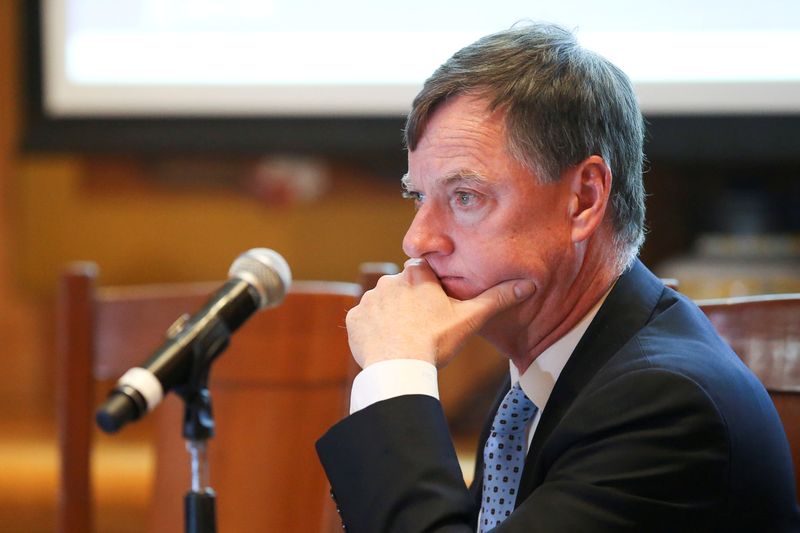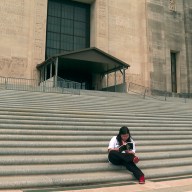(Reuters) – Chicago Federal Reserve President Charles Evans on Monday had a message for markets: vaccines may bring the coronavirus pandemic under control this year, but the U.S. central bank is nowhere close to ending its super-easy monetary policy.
“To meet our objectives and manage risks, the Fed’s policy stance will have to be accommodative for quite a while,” Evans said in remarks prepared for delivery to the annual meeting of the Allied Social Science Associations, held virtually because of the ongoing health crisis.
“Economic agents should be prepared for a period of very low interest rates and an expansion of our balance sheet as we work to achieve both our dual mandate objectives.”
The Fed’s two goals, set by Congress, are full employment and stable prices. The U.S. economy is far from both, with unemployment at 6.7% in November and inflation lingering below the Fed’s 2% goal for years now.
Evans’ view that Fed asset purchases will continue and interest rates will stay at their current near-zero level until long after the raging pandemic subsides is no outlier.
Fed Chair Jerome Powell has repeatedly suggested as much, and forecasts released in December show most Fed policymakers see no U.S. interest rate hikes until after 2023.
The Fed also promised to continue buying Treasuries and mortgage-backed securities at its currently monthly pace of $120 billion until there is “substantial” progress towards its goals.
Meanwhile, as Evans acknowledged on Monday, “it looks like the health crisis will be brought under control as we move through the year.”
Convincing markets that the Fed won’t react by tightening monetary policy, as it might have done in previous economic cycles, could be key to delivering both a healthier level of inflation and a stronger job market.
The U.S. central bank last year adopted a new framework targeting 2% inflation on average. Inflation has trended under that level for years, pulled downward by long-term factors like an aging population and slow growth as well as by the shock from the pandemic-induced recession.
Aiming to boost inflation to 2.5%, Evans said on Monday, will be an “important” part of achieving the Fed’s inflation goal in a timely manner.
“It likely will take years to get average inflation up to 2 percent, which means monetary policy will be accommodative for a long time,” Evans said. “This translates into low-for-long policy rates, and indicates that the Fed likely will be continuing our current asset purchase program for a while as well.”
(Reporting by Ann Saphir; Editing by Paul Simao)



















